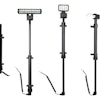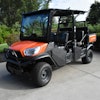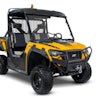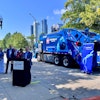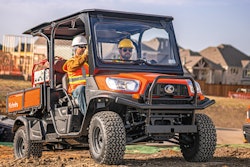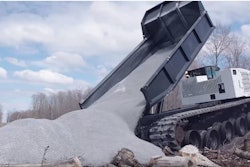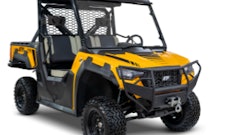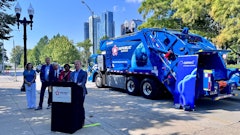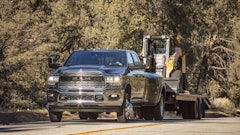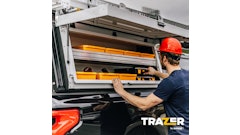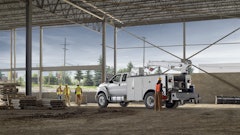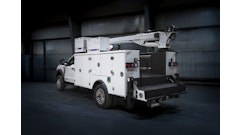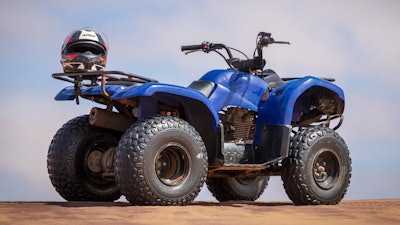
Photo by Grant Durr on Unsplash
In a recent blog post, Blake Croson at Assurance noted the increased use of off-road vehicles such as ATVs, side-by-sides and other recreational off-road vehicles on construction jobsites. "It’s not uncommon to see ATV’s on a jobsite (even on the roof) of a building that might otherwise take 10 minutes to walk from end to end," he writes. But with such use comes the need to consider the risks associated with riding an off-road vehicle capable of high speeds on busy jobsites.
He suggests the following best practices to control off-road vehicle use and risks:
- Provide training: It’s highly recommended to limit the use of an ATV or side-by-side to only those who have been trained on how to safely use the machine. Croson cites the ATV Safety Institute and Recreational Off-Highway Vehicle Association and the dealership that sold the vehicle as potential training resources.
- Maintain the vehicle: "Off-road vehicles should be maintained in accordance to the user manual with respect to tires, tire pressure, oil, brakes, electrical systems and other components," Croson writes. Daily inspections should also be conducted.
- Monitor use: "Ensure nobody is using an off-road vehicle in a manner that’s unsafe," Croson emphasizes. This includes driving at low speeds, avoiding jobsite congestion where possible and using extra care in less than ideal ground conditions.
- Control access: "To limit access to off-road vehicles, make sure the foreman has the keys at all times," Croson advices. Also ensure employees use the helmets and any other required PPE.
